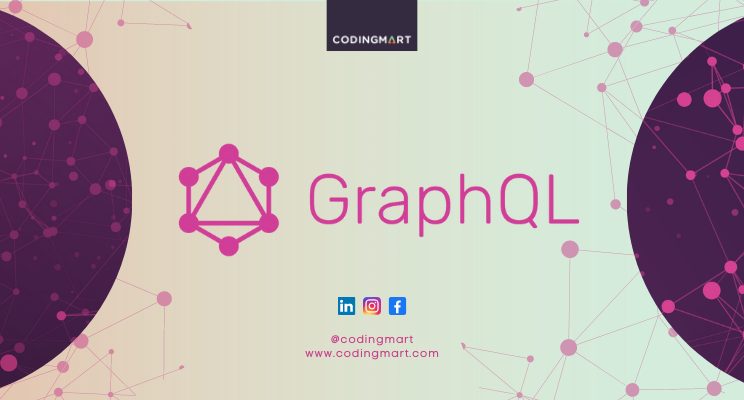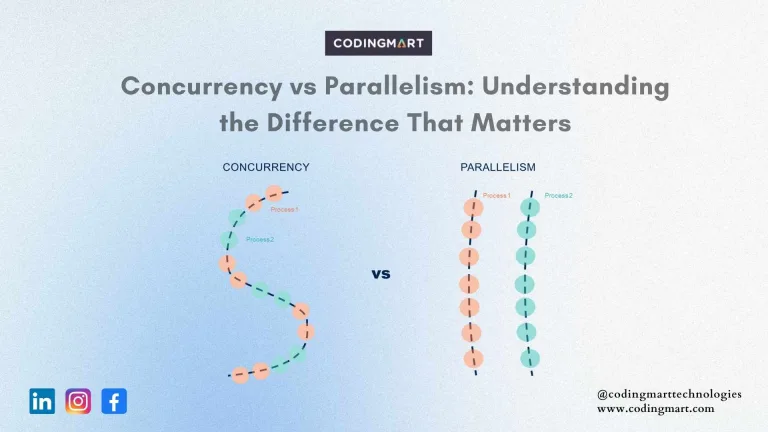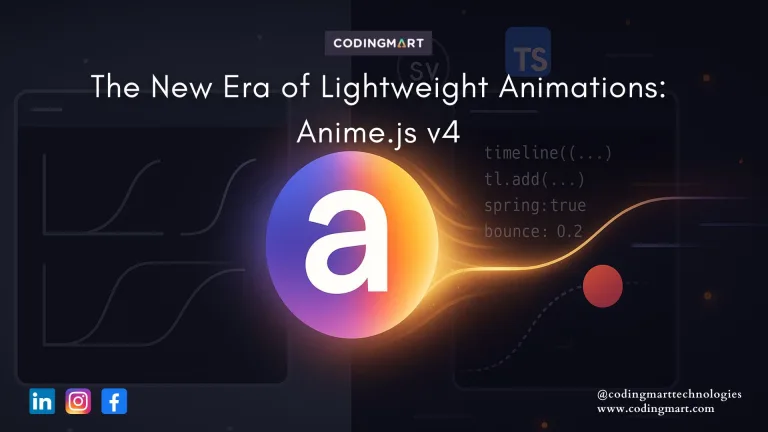blogs
Essential GraphQL Topics: Key Concepts and Best Practices

GraphQL is a powerful query language and runtime for APIs that enables clients to request exactly the data they need. It allows clients to retrieve multiple resources in a single request, reducing the number of roundtrips to the server. With GraphQL, clients can specify the shape and structure of the data they want, making it more efficient and flexible than traditional REST APIs. Additionally, GraphQL provides a strong type system that ensures data consistency and helps developers catch errors early in the development process.
Schema Definition Language (SDL)
Learn how to define the GraphQL schema using the Schema Definition Language (SDL). This includes defining object types, scalars, interfaces, enumerations, input types, and custom directives. By using SDL, developers can easily define the structure of their data and specify the relationships between different types. This allows for better organization and understanding of the overall data model.
Queries and Mutations
Understand how to write GraphQL queries to fetch data from the server and mutations to modify data on the server. Queries and mutations are essential components of GraphQL, as they allow developers to interact with the server and retrieve or modify data. With queries, developers can specify the exact data they need from the server, reducing over fetching and optimizing performance. Mutations, on the other hand, enable developers to make changes to the server-side data by creating, updating, or deleting records. Understanding how to write efficient queries and mutations is crucial for building robust and scalable GraphQL applications.
Resolvers
Learn about resolvers, which are functions responsible for fetching data for a specific field in the schema. Understand how to write resolvers to handle different types of data sources (e.g., databases, APIs). Resolvers play a vital role in connecting the GraphQL schema with the actual data sources. They act as a bridge between the client’s query and the server’s data, allowing developers to fetch and manipulate data from various sources. By learning how to write resolvers, developers can ensure that the GraphQL application efficiently retrieves and delivers the requested data, regardless of its origin.
Fragments
Explore how to use fragments to define reusable sets of fields that can be included in multiple queries. Fragments in GraphQL allow developers to define reusable sets of fields that can be included in multiple queries. This not only improves code reusability but also enhances query readability and maintainability. By using fragments, developers can easily organize and manage complex queries, making it easier to add or remove fields as needed without modifying multiple queries. Additionally, fragments enable developers to create more efficient and optimized queries by reducing the amount of duplicated code and network traffic.
Aliases
Understand how to use aliases to rename the result keys of a query, allowing you to request the same field with different arguments or names. Using aliases can improve the readability of queries and make them more concise. This can be particularly useful when working with large datasets or when needing to differentiate between multiple instances of the same field. Furthermore, aliases can also be used to avoid naming conflicts and improve code maintainability by providing descriptive names for query results.
Variables
Learn how to use variables in GraphQL queries to pass dynamic values to the server. Using variables in GraphQL queries allows for more flexibility and reusability in querying data. It enables the passing of dynamic values to the server, making it easier to filter and sort data based on user input or specific conditions. This can greatly enhance the functionality and efficiency of GraphQL queries, especially when dealing with complex or constantly changing datasets.
Pagination and Filtering
Explore techniques for implementing pagination and filtering in GraphQL to efficiently retrieve data from large datasets. By implementing pagination, you can retrieve data in smaller chunks, improving the performance of your queries and reducing the load on the server. Filtering allows you to narrow down the results based on specific criteria, enabling more targeted and relevant data retrieval. These techniques are crucial when dealing with large datasets to ensure optimal query performance and enhance the user experience.
Subscriptions
Understand how to use GraphQL subscriptions to enable real-time communication between the client and server. Subscriptions in GraphQL allow for real-time updates by establishing a connection between the client and server, enabling the server to push data to the client whenever there are changes. This feature is particularly useful for applications that require live updates, such as chat applications or real-time dashboards. By utilizing GraphQL subscriptions, developers can create more interactive and dynamic user experiences.
Error Handling
Learn how to handle errors in GraphQL and communicate meaningful error messages to clients. Error handling in GraphQL is crucial for providing a smooth user experience. When an error occurs, developers can define custom error types and return specific error messages to clients. This allows clients to understand and respond appropriately to the error, improving the overall usability of the application. Additionally, GraphQL provides mechanisms for handling errors at different levels, such as field-level errors or global errors, giving developers flexibility in how they handle and communicate errors to clients.
Security and Authentication
Explore best practices for securing your GraphQL API and implementing authentication and authorization mechanisms. By following these best practices, you can ensure that only authorized users have access to your GraphQL API and protect sensitive data from unauthorized access. Implementing authentication and authorization mechanisms also adds an extra layer of security to your application, preventing potential security breaches and unauthorized actions.
In a real-world scenario, you would implement authentication and authorization mechanisms, such as using JSON Web Tokens (JWT) or OAuth. This typically involves middleware to validate tokens and ensure that only authenticated users can access certain parts of the schema.
GraphQL is an open-source technology with a vibrant community. The aforementioned subjects will give you a strong basis on which to build GraphQL APIs and efficiently use them. But as you learn more about GraphQL, you might run into more complex ideas and applications that will help you advance your understanding and abilities even more.


